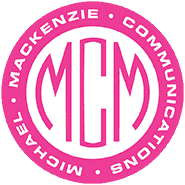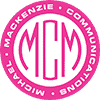Heighten your industry profile with national exposure.
Whether your organization relies on large-scale events — like mega-sized national and international events hosted at conference centers from Orlando and Atlanta to Chicago and Las Vegas — or smaller regional and membership association events, the level of planning and effort required before, during and after the event remains the same.
Regrettably, pre- and post-event planning is often overlooked in the hustle to have a great-looking booth and popular premiums.
When our team works alongside yours to follow our Event Marketing Playbook, we can help ensure your success metrics include booth traffic, leads generated, partnerships identified, media interviews and clips secured, pre- and post-show email engagement and much more. The investment you make in your trade show schedule can and should carry exposure for your organization far beyond the walls of the event venue.


